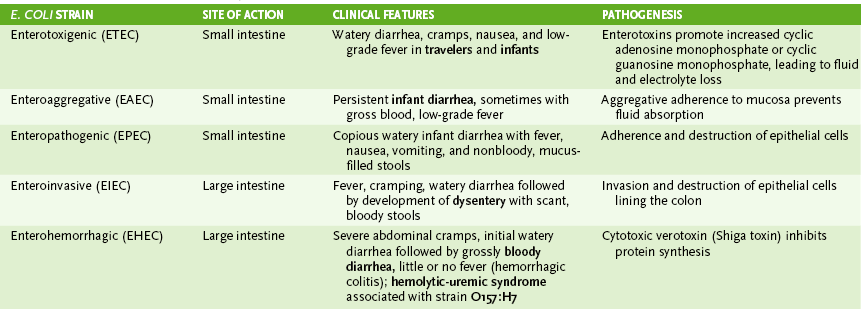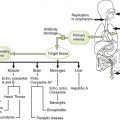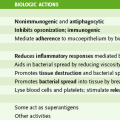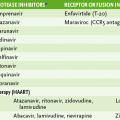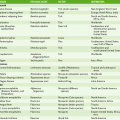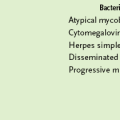Chapter 11 I Defining and Differential Properties of Enteric Bacteria • All Enterobacteriaceae are gram-negative rods, which contain lipopolysaccharide (LPS) in their cell envelope. • Most have flagella and are motile. • Shigella species are nonmotile. 2. Biochemical and growth properties • All ferment glucose and are oxidase negative. • Lactose-fermenting genera are generally benign • Non–lactose-fermenting genera may be more pathogenic. • All are facultative anaerobes, permitting survival in the gastrointestinal (GI) tract. • Growth on differential media distinguishes Enterobacteriaceae from gram-positive organisms and from each other (Table 11-1). 1. Endotoxin, a part of the LPS produced by all Enterobacteriaceae, is responsible for many of the systemic manifestations of infection. 2. Exotoxins, produced by some species and strains, cause diarrhea. 3. Adhesins and fimbriae on some species promote adhesion to the colon, bladder, or other tissues. 4. Intracellular growth (Shigella, Salmonella and Yersinia species and enteroinvasive Escherichia coli) protects organisms from host defenses. 5. Antibiotic resistance develops rapidly and often is encoded on plasmids, which can be transferred to related bacteria. 6. Capsule on Klebsiella and Salmonella species is antiphagocytic. 7. The genes for many of the virulence factors are clustered and coordinately controlled within pathogenicity islands. C Distribution and infection (Table 11-2) 1. Enterobacteriaceae are found worldwide in soil, water, and vegetation. 2. They are part of the normal intestinal flora of animals and humans. • Salmonella, Shigella, and Yersinia species are invasive and always associated with disease in humans. • Disease is acquired from animal reservoirs or human carriers. • E. coli and Klebsiella, Enterobacter, and Proteus species, and other enteric bacteria are generally noninvasive and part of the normal flora in humans. • Disease occurs when these organisms are introduced into normally sterile sites. • Immunocompromised and debilitated patients are at greatest risk for disease. Some strains have acquired specific virulence factors that increase their pathogenicity. II Lactose-Fermenting Enterobacteriaceae a. Endotoxin is present in all strains b. Noncytotoxic enterotoxins: enterotoxigenic strains (ETEC) 1) Heat-labile (LT) enterotoxin causes increased cyclic adenosine monophosphate (cAMP) levels, leading to altered electrolyte transport and diarrhea. 2) Heat-stabile (ST) enterotoxin stimulates cyclic guanosine monophosphate (cGMP) production, leading to fluid loss and diarrhea. c. Enterohemorrhagic strains (EHEC) d. Enteroinvasive strains (EIEC) e. Enteropathogenic strains (EPEC) and enteroaggregative strains (EAEC) f. Uropathogenic stains (UPEC)
Enterobacteriaceae



